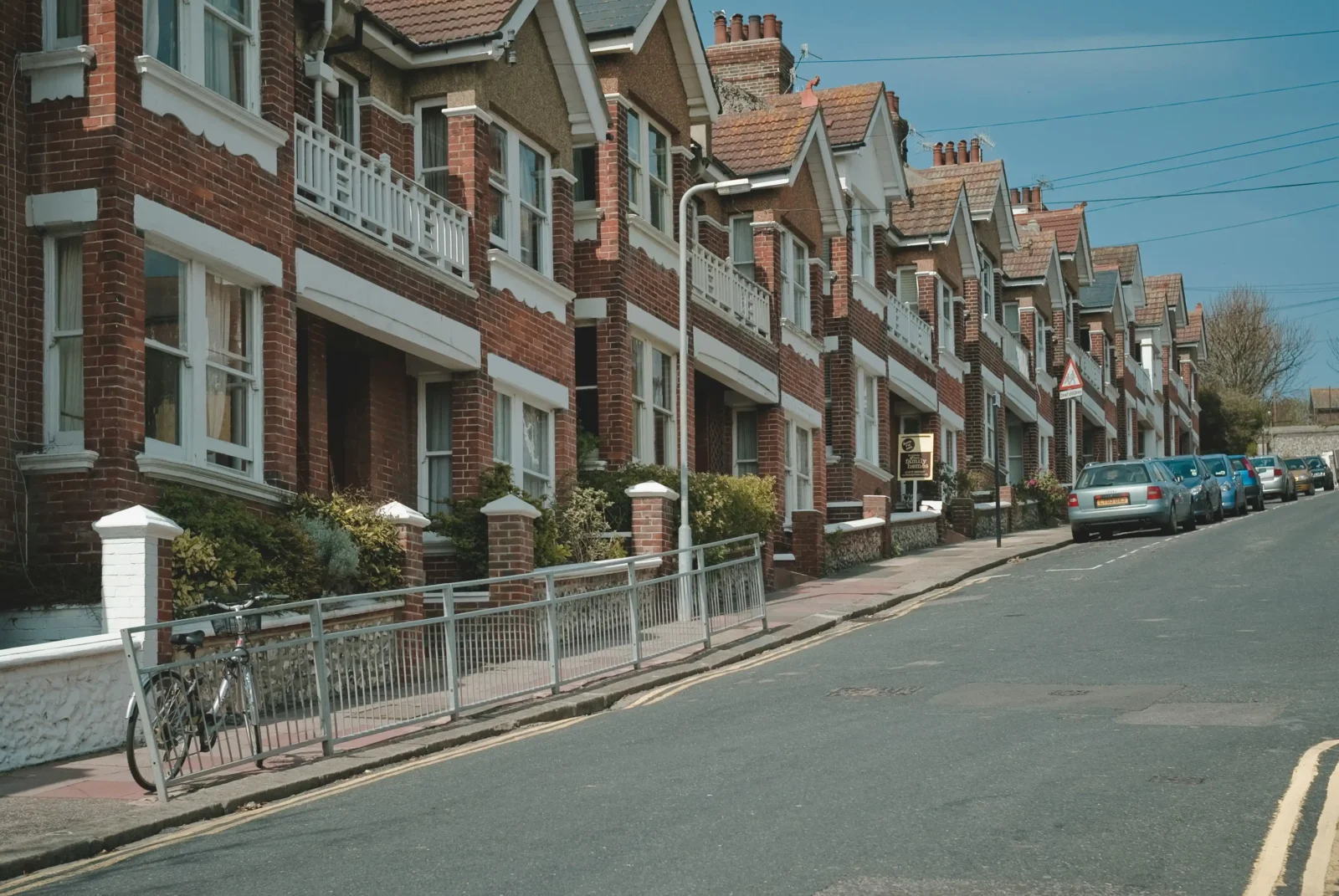- Home
- Articles
- Architectural Portfolio
- Architectral Presentation
- Inspirational Stories
- Architecture News
- Visualization
- BIM Industry
- Facade Design
- Parametric Design
- Career
- Landscape Architecture
- Construction
- Artificial Intelligence
- Sketching
- Design Softwares
- Diagrams
- Writing
- Architectural Tips
- Sustainability
- Courses
- Concept
- Technology
- History & Heritage
- Future of Architecture
- Guides & How-To
- Art & Culture
- Projects
- Interior Design
- Competitions
- Jobs
- Store
- Tools
- More
- Home
- Articles
- Architectural Portfolio
- Architectral Presentation
- Inspirational Stories
- Architecture News
- Visualization
- BIM Industry
- Facade Design
- Parametric Design
- Career
- Landscape Architecture
- Construction
- Artificial Intelligence
- Sketching
- Design Softwares
- Diagrams
- Writing
- Architectural Tips
- Sustainability
- Courses
- Concept
- Technology
- History & Heritage
- Future of Architecture
- Guides & How-To
- Art & Culture
- Projects
- Interior Design
- Competitions
- Jobs
- Store
- Tools
- More
Create Sustainable Landscapes With These Thoughtful Design Ideas

Designing outdoor spaces that conserve resources and support long-term ecological health has become a growing priority. By making mindful choices, homeowners can create yards and gardens that look beautiful while minimizing waste, conserving water, and supporting wildlife. Sustainability in outdoor design does not mean giving up comfort or creativity. Instead, it invites us to rethink how we plant, build, and maintain spaces so that they remain balanced and beneficial for years to come. The following ideas focus on practical steps to shape gardens and outdoor areas in ways that are thoughtful, modern, and environmentally responsible.
Table of Contents
ToggleSmarter Lawn Care for Sustainable Living
Traditional lawns often demand significant amounts of water, fuel, and fertilizer. This high level of maintenance can place stress on the environment. A better approach is to create smaller grass areas that are easier to maintain and require fewer resources. Smart tools can make a difference too, such as robotic lawn mowers like those at WORX, which are designed to cut grass efficiently while reducing emissions and saving time. By adopting technology that works quietly and runs on rechargeable batteries, homeowners can reduce their carbon footprint without sacrificing the look of a neatly trimmed yard. Combining efficient lawn care with low-maintenance ground covers or native grasses can help reduce the demand for water and create a yard that looks inviting with less effort.

Choosing Native and Climate-Adapted Plants
Plant selection is one of the most powerful choices in sustainable design. Native species and plants adapted to the local climate need less water and fertilizer, and they tend to resist pests without heavy chemical use. When the right plants are chosen, gardens thrive with less intervention, which saves both money and resources. They also provide natural habitats for birds, bees, and butterflies, creating a richer outdoor experience. For regions with dry conditions, drought-tolerant plants like lavender, sage, and succulents work well, while wetter climates can support ferns and flowering shrubs. By carefully observing local conditions, it becomes possible to select greenery that fits the environment instead of forcing plants that require constant care.
Designing with Water in Mind
Water conservation is central to a sustainable outdoor space. Rainwater harvesting systems, permeable pavers, and drip irrigation are valuable methods for reducing waste. Instead of letting rainfall run off into drains, it can be collected and used for watering plants. A rain barrel is an easy first step, but larger underground storage systems are also available. Permeable paving materials allow water to filter back into the soil, reducing erosion and replenishing groundwater. Irrigation systems that deliver water directly to plant roots avoid evaporation and use less water overall. Thoughtful grading and the inclusion of swales or rain gardens can slow runoff, allowing the soil to absorb moisture naturally.
Building with Sustainable Materials
Hardscaping plays a significant role in outdoor design, and choosing materials carefully helps reduce environmental impact. Reclaimed stone, recycled bricks, and sustainably sourced wood are attractive options that cut down on new resource extraction. Composite decking made from recycled plastics and wood fibers offers durability without the environmental toll of harvesting fresh timber. Gravel paths and natural stone patios often require fewer materials and allow water to pass through the ground more easily compared to poured concrete. By using materials with long lifespans, maintenance needs are reduced, and the overall footprint of the project remains smaller.
Encouraging Biodiversity Through Thoughtful Design
A sustainable outdoor space should provide more than visual appeal. It can also serve as a refuge for pollinators, small animals, and beneficial insects. Planting hedgerows, wildflower patches, or meadow-style areas creates food and shelter for these creatures. Even small gardens can benefit from a birdbath or bee-friendly flowers. By diversifying plant choices, the outdoor environment becomes more resilient against disease and pests. Herbs like thyme, mint, and oregano attract pollinators while offering culinary uses for homeowners. Green roofs, vertical gardens, or living walls expand the range of habitats in urban areas where space is limited. Each layer of planting enriches the outdoor environment and helps sustain ecological balance.

Creating Outdoor Spaces for People and Nature
Human comfort remains a central part of sustainable design. Shaded seating areas, pergolas, and natural windbreaks allow people to enjoy their gardens throughout the year without relying heavily on artificial cooling or heating. Outdoor furniture made from recycled or responsibly sourced materials complements the ecological goals of the space. Fire pits fueled by propane or natural gas produce less pollution than wood-burning options and can extend the usability of outdoor areas into cooler evenings. Pathways designed for accessibility ensure that all members of a household can enjoy the garden, while edible gardens provide both beauty and fresh food. When outdoor areas are designed with both ecological function and human enjoyment in mind, the result is a balanced and lasting space.
Creating sustainable outdoor environments involves making thoughtful decisions about lawns, plants, water, materials, biodiversity, and comfort. Each choice made with sustainability in mind contributes to a design that respects nature and provides lasting enjoyment.
illustrarch is your daily dose of architecture. Leading community designed for all lovers of illustration and #drawing.
Submit your architectural projects
Follow these steps for submission your project. Submission FormLatest Posts
Online 3D Terrain Mapping Tools for Urban and Landscape Design in 2025
A curated guide to the best online 3D terrain mapping tools in...
10 Interesting Facts About Zaha Hadid
Zaha Hadid was a visionary architect whose fluid forms, bold experimentation, and...
Common Emergency Repairs Every Homeowner Should Be Ready For
For most of us, when something goes wrong, we have a propensity...
Designing, Retrofitting, and Valuing Non-Standard Homes in Britain
Britain’s housing stock carries a quiet contradiction. From the street, many homes...












Leave a comment